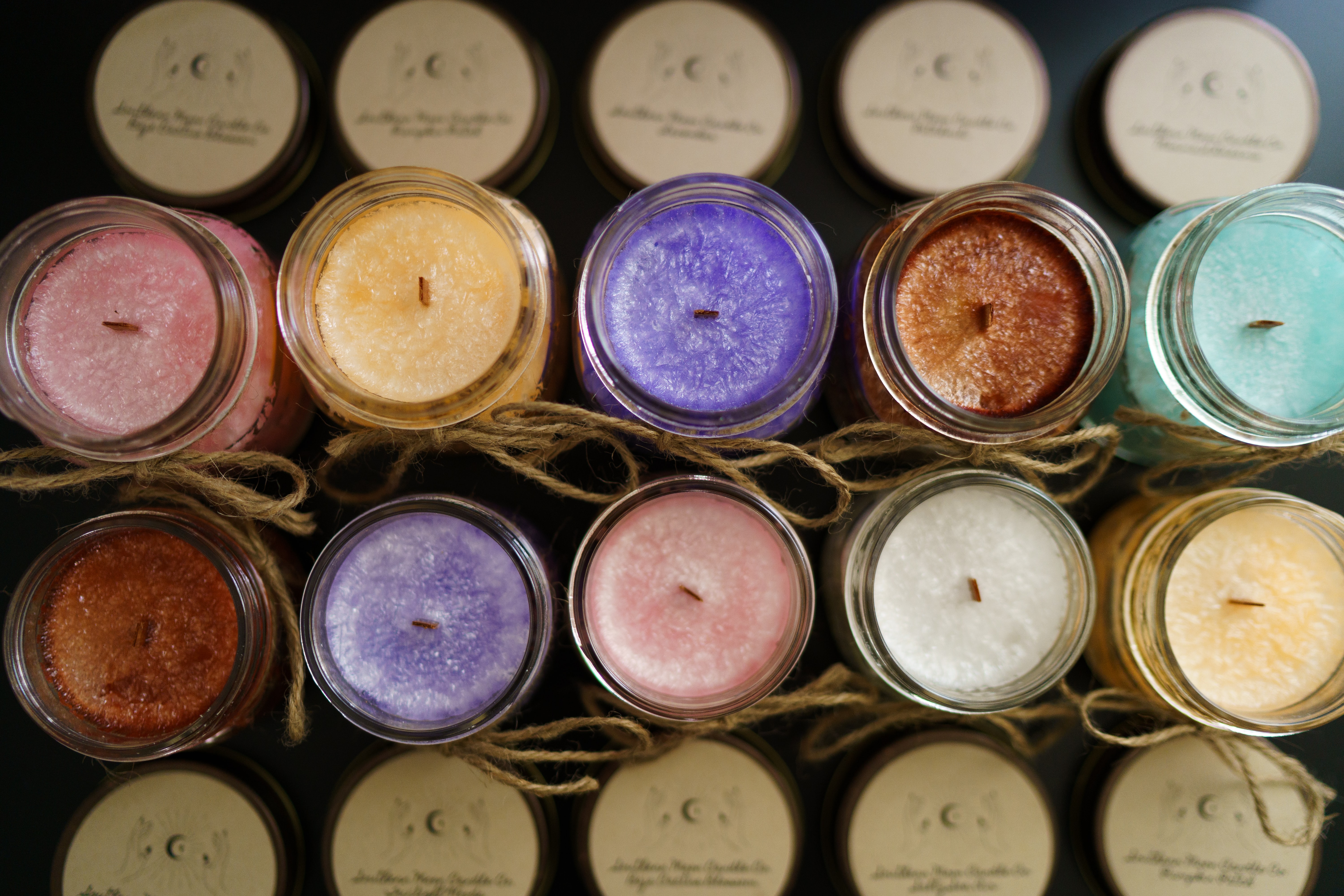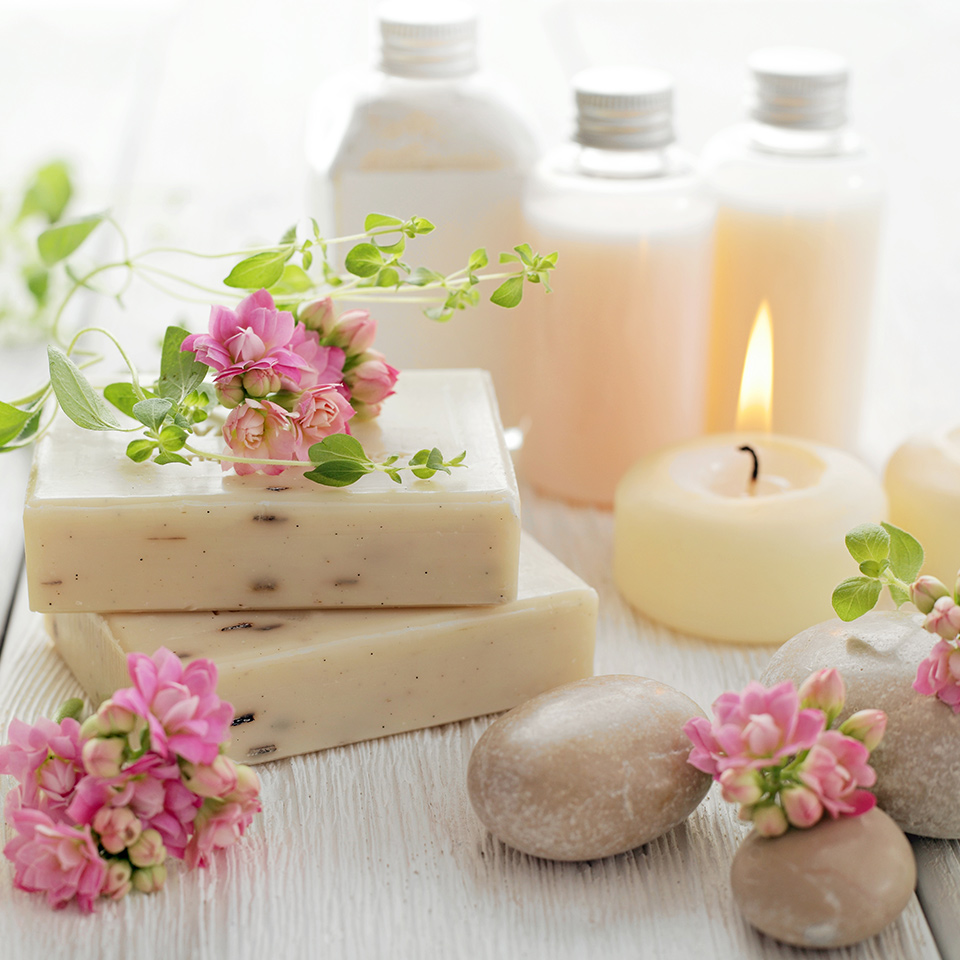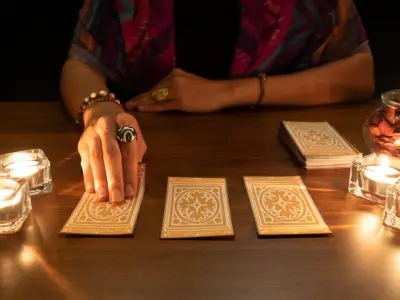There are multiple different candle wax types to make use of when you’re making candles, and choosing one to suit your project is possibly the most important decision you can make as a candle maker. But which one to go for? And does it really matter which type of candle wax you ultimately choose? Your ideal pick will depend on what you’re trying to achieve, so we’ve put together this introductory guide to give you a helping hand.

Different Types of Candle Wax - Pros & Cons
There are a few readily-available candle wax types, and each has its own unique pros and cons:
Paraffin Wax
Pros: Cost-effective and widely available. Produces bright colours and strong fragrances.
Cons: Derived from environmentally-unfriendly petroleum. Can produce soot.
Best For: Any colourful and scented candle.
Paraffin wax dates way back to 1830s Germany, and is the most widely-used type of candle wax, being made from the by-products of petroleum. It’s easy to work with, has a long shelf life, and holds fragrance and colour well. It’s great for making vibrant and highly-scented candles. It’s also cost-effective and easy-to-work, and is available with various melting points and temperatures to suit a wide range of different projects. Paraffin wax can even be blended with other waxes to enhance the performance of the resulting candles. That said, paraffin is a non-renewable resource that comes from fossil fuels, so it’s not the best choice when it comes to sustainability and environmental impact.
Soy Wax
Pros: Natural and eco-friendly. Burns cleanly and slowly.
Cons: May have a shorter shelf life. Doesn't take fragrances as well.
Best For: Container candles.
As you’d expect, soy wax is made from soybeans. This natural candle wax burns cleanly and steadily, and has a soft, creamy texture. It’s also a slow-burning wax, which means you get a longer-lasting candle with even more burn. Like paraffin wax, soy wax is a great choice for making strongly-coloured candles, but it’s also really easy to clean up with soap and water, making it a very practical option too. For candle makers who want a sustainable and eco-conscious alternative to traditional petroleum-based candle waxes, soy wax is a great choice, as it’s eco-friendly, renewable, and fully biodegradable.
Beeswax
Pros: Natural and sustainable. Subtle honey scent. Purifies the air. Longest burn time.
Cons: Expensive. Non-vegan. Can tunnel.
Best For: Pillar and taper candles.
Another natural, sustainable and eco-friendly wax, beeswax is produced within honeybee hives. It has a golden colour and a delightful, subtle fragrance. It burns cleanly, slowly and brightly, and also purifies the air as it does so (by emitting negative ions). Beeswax is a versatile and highly-valued material, and has actually been used for many other things aside from candle making for centuries. For those who enjoy a natural and more delicate scent to their candles, beeswax is the clear choice. However, beeswax tends to be considered a luxury item, so it can be a little bit pricey.

Palm Wax
Pros: Hard. Unique texture. Derived from a renewable resource.
Cons: May contribute to deforestation (if not sourced sustainably). Quite expensive.
Best For: Free-standing candles.
Palm wax is made from palm oil (harvested from the fruit of palm trees). Clean burning, versatile and very hard, it produces a unique “crystalline” texture when it solidifies, making it a popular option for decorative candle designs. Because it’s produced from a renewable resource, palm wax can be both sustainable and pose low environmental impact. However, concerns have been raised about palm oil production that sometimes involves habitat destruction and loss of biodiversity. Because of that, it’s important to choose sustainably-sourced palm wax that promotes responsible environmental practices.
Gel Wax
Pros: Versatile and customisable. Almost twice as bright as regular candle wax.
Cons: More challenging to work with. May not be suitable for all applications.
Best For: Container candles.
Gel wax is technically not a wax at all, but is actually a blend of mineral oil and polymer resin: it’s transparent when it’s melted! It’s therefore a unique choice for creating decorative candles as, in addition to accepting the usual colours and fragrances, you can suspend objects like seashells or beads within the wax itself. Gel wax has a high melting point for candle wax, and lasts a long time. Another benefit comes from its ability to be combined with additives to enhance its performance (e.g. UV stabilisers to prevent fading, or other agents to reduce the chance of air bubbles). However, gel wax can be more challenging to work with than other types of candle wax, so be sure to read any specific instructions before you use it, and brush up on recommended techniques!
Coconut Wax
Pros: Vegan, eco-friendly and sustainable. Carries scent well.
Cons: More expensive than other types of wax.
Best For: Container candles.
Yet another natural candle wax, coconut wax - surprisingly - doesn’t have to smell all that strongly of coconut! This type of wax is actually odourless, so it’s ideal for carrying whatever scent the maker wants. Coconut wax is a relative newcomer to the world of candle wax, but its eco-friendly properties and clean burn have quickly established it as a favourite choice. It’s harvested from hydrogenated and refined coconut oil, so is considered to be a high-yield crop as well. However, coconut wax is more expensive even than beeswax, so it’s far from a cheap option.

Can You Mix Different Types of Candle Wax?
It’s possible to mix different types of candle wax to create customised wax types that have unique benefits. For example:
- Paraffin Wax + Soy Wax = combines the strong ability of paraffin to accept fragrance and colour with the slow-burning properties of soy wax.
- Beeswax + Palm Wax = creates a unique texture and fragrance while promoting sustainability and natural sourcing.
However, it’s always important to note that different types of wax have different melting points and properties. Blending them may not be simple, and could require specific techniques or additives. It’s also vital to note that some waxes are incompatible (for example, they might separate, or burn unevenly). We therefore highly recommend that you thoroughly test any custom wax blends before you commit to using them in your candle-making projects.





